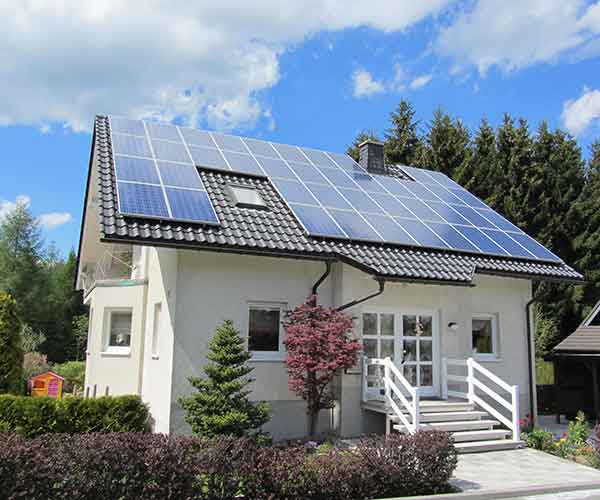The latest “Tracking the Sun” report, in a series, from Lawrence Berkeley National Laboratory dedicated to summarizing installed prices and other trends among grid-connected, distributed solar photovoltaic (PV) systems in the United States has been published.
The current report focused on systems installed through year-end 2017, with preliminary trends for the first half of 2018.
In total, data were collected for more than 1.3 million individual PV systems, representing 81 percent of U.S. residential and non-residential PV systems installed through 2017.
The analysis of installed pricing trends is based on a subset of roughly 770,000 systems with available installed price data.
According to the figures, installed prices continued to fall in the U.S. market through 2017 and into 2018.
National median installed prices in 2017 were $3.7 per watt (W) for PV residential systems (a $0.2/W or 6 percent decline from the prior year), $3.1/W for small non-residential systems (a $0.4/W or 11 percent decline), and $2.2/W (a $0.1/W or 5 percent decline) for large non-residential systems.
Data for the first half of 2018 show an additional drop of $0.1/W for residential and small non-residential systems.
Among residential systems installed in 2017, 20 percent were priced below $3.0/W (the 20th percentile value) while another 20 percent were above the 80th percentile at $4.5/W.
Non-residential systems also exhibit wide spreads, albeit shifted downward, from $2.4/W to $4.1/W for small non-residential and from $1.8/W to $2.8/W for large non-residential projects.
State-level median installed prices in 2017 ranged from $2.6/W to $4.5/W for residential systems, from $2.2/W to $4.0/W for small non-residential systems, and from $2.1/W to $2.4/W for large non-residential systems.
According to the authors, three of the largest state markets (California, Massachusetts, and New York) are relatively high-priced, pulling overall U.S. median prices upward.
The Berkeley Lab also observed significant pricing differences across system sizes within each customer segment (with median prices ranging from $3.2/W to $4.5/W across residential systems of varying size, and from $2.1/W to $3.7/W across non-residential systems), furthermore between third-party owned and host-owned residential systems, across residential installers, between residential new construction and retrofit systems in California, between large non-residential systems at commercial sites and tax-exempt customer sites, and between systems with standard vs. premium efficiency modules ($3.6/W versus $4.2/W among residential systems).














Comments